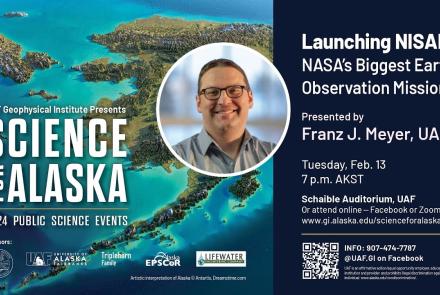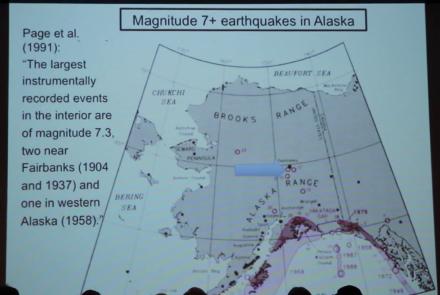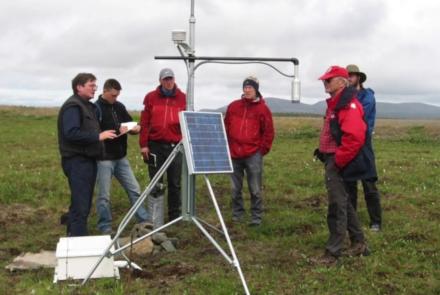Launching NISAR: NASA's Biggest Earth Observation Mission
(Located in the Bunnell Building, 1764 Tanana Loop. Nearby parking: Bunnell Building, Bursar's Office, and Usibelli Building. Parking is always free after 5 p.m.)

Professor, UAF Geophysical Institute
Chief Scientist, Alaska Satellite Facility
The Jan. 19 magnitude 5.3 earthquake near Salcha showed us how violently Earth can sometimes move under our feet. In spring 2024, NASA, in collaboration with the Indian Space Research Organization, will launch the NISAR satellite mission that will allow us to monitor such events at unprecedented accuracy, helping us better understand many of the natural hazards that affect Alaskans daily.
NISAR will revolutionize how we monitor Earth. It will be able to monitor volcanoes, glaciers, sea ice, forests and seismic zones independent of weather and daylight conditions. NISAR’s instruments will be able to measure movements of Earth down to a centimeter accuracy, an incredible feat for a sensor orbiting more than 800 kilometers away. NISAR will collect more free-and-open data than NASA currently holds in all of its archives.
We will also highlight Alaska's important role in this mission. Working closely with NASA and the Jet Propulsion Laboratory, UAF’s Alaska Satellite Facility will downlink, archive and distribute NISAR’s data to an international audience of scientists and decision-makers, all right here from Alaska. Supported by its talented local staff, this will make ASF one of the world’s leading data centers
Want to join virtually instead? Register on Zoom (https://bit.ly/ScienceforAK24-Zoom) or watch live from the UAF Geophysical Institute Facebook page. You can also join the 2024 event on Facebook.
Learn more about Science for Alaska talks: https://www.gi.alaska.edu/scienceforalaska

























































































